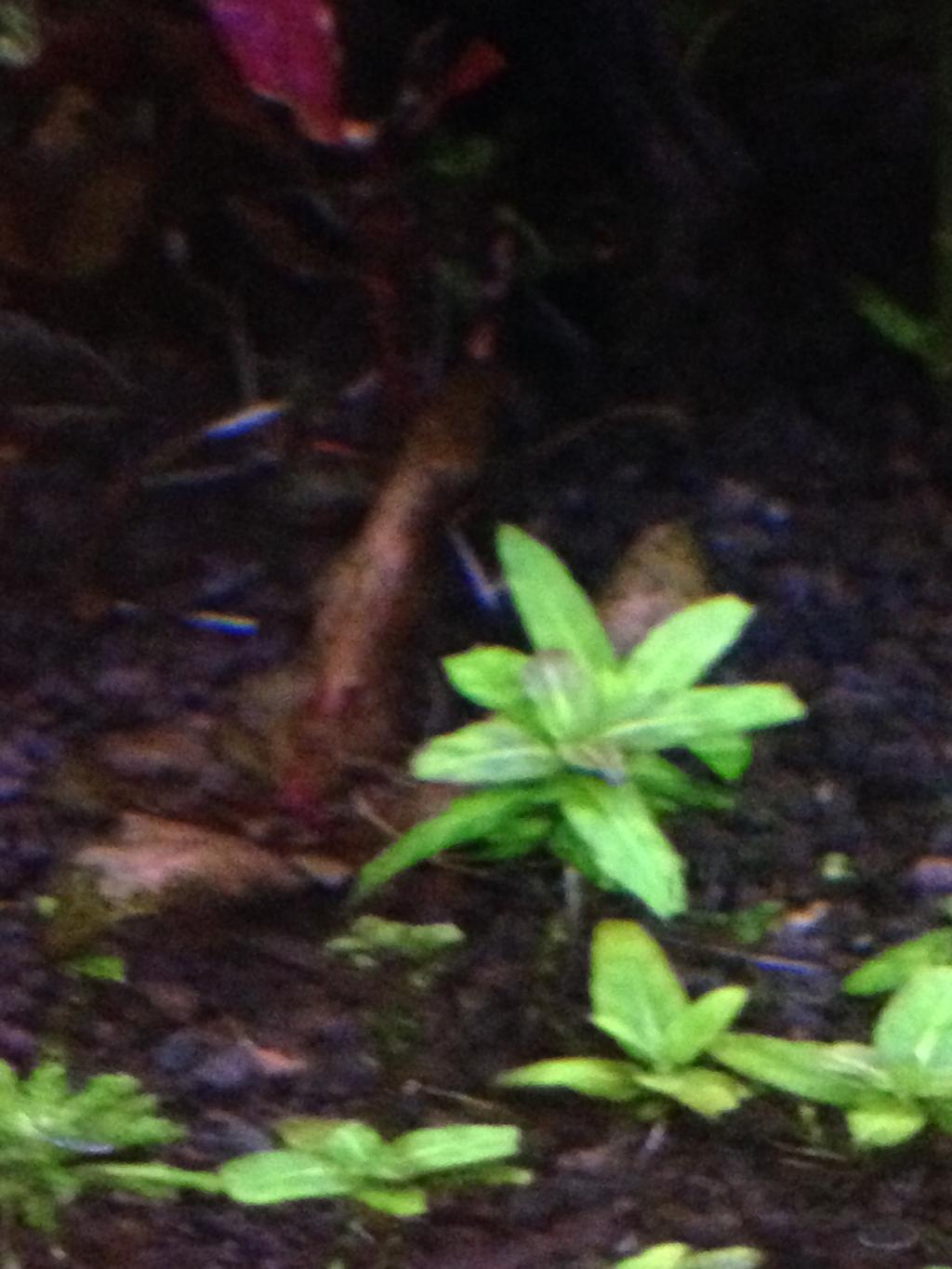bcarl_10gal
Aquarium Advice Addict
Yeah...... Lol
Sent from my iPhone using Aquarium Advice
Sent from my iPhone using Aquarium Advice
I recall Rivercats saying that the key to her red success was low nitrates and high phosphates. High light and abundant co2 is a given. I dose iron myself and crank my red spectrum to max. I recall when I used to ask in TPT and APE about iron, one person posted this thread.. I'm still on the fence on Fe.
https://sites.google.com/site/skepticalverdure/home/the-myths-of-red-plants
I thought it was the opposite. I could be wrong. Red plants use more blue and green spectrum for photosynthesis, and develop red pigment (anthocyanin) to 'reflect' red light away because it doesn't want it - hence why we perceive these plants as red. It's like a natural sunblock for them.. so it's seems logical, to me, if you want the plant to develop more of this natural defense against excess red, you feed it more red. Conversely, green plants reflect green, absorb red and blue for photosynthesis.
Edit:
You feed red plants more blue and stay lean on red (660nm), and it'll turn green, IME. That's why those, like myself at one point, who grew red plants in high tech tanks with Finnex Ray 2's, noticed reds fading bad. Take a look at the Ray 2's spectral chart and you'll see how disproportionately blue heavy the spectrum is.

